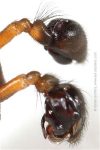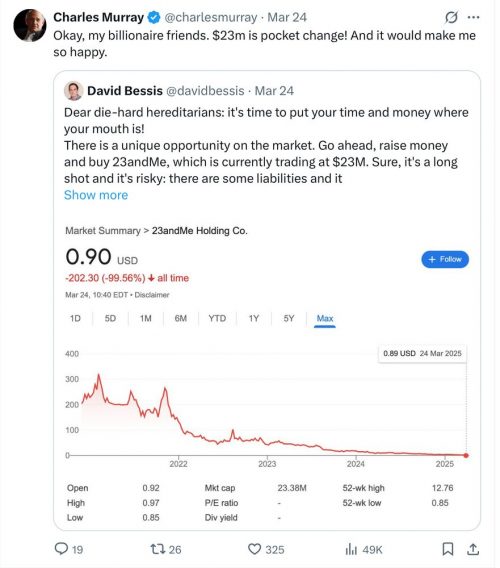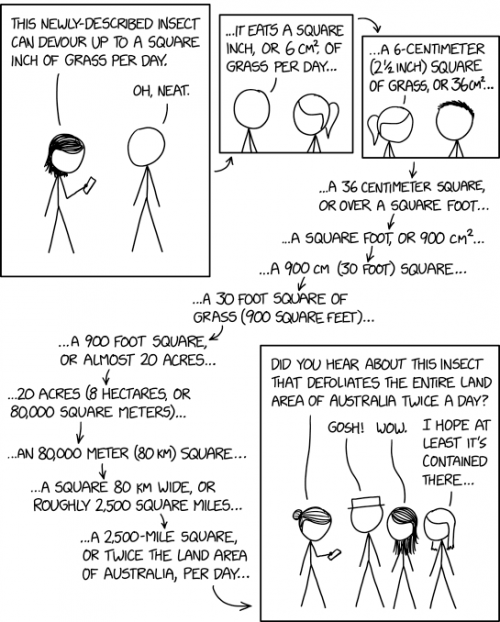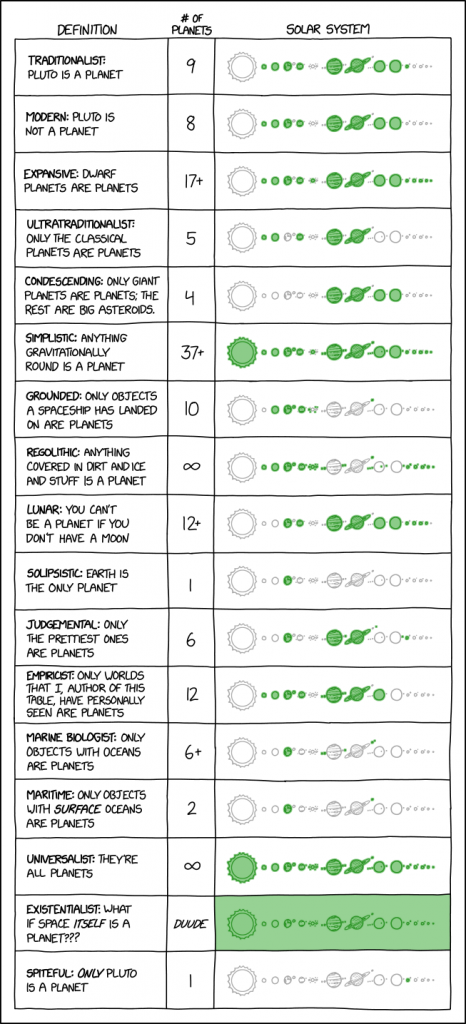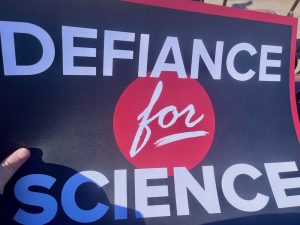The creationists (and a few scientists) are unhappy that there isn’t a simple, single, concrete factor to differentiate the sexes. They looked to the scientists, and were not satisfied with the answer.
at its annual meeting in 2023, the American Anthropological Association (AAA) canceled a session that aimed to explore biological sex as an analytic category in anthropology. The AAA justified its decision by stating that “there is no single biological standard by which all humans can be reliably sorted into a binary male/female sex classification.”
That’s not the answer they wanted, so they turned to Georgia Purdom, the ex-molecular biologist working for Answers in Genesis to provide that single biological standard by which all humans can be reliably sorted into a binary male/female sex classification.
The single criterion! What will it be, you may wonder.
From a genetic standpoint, biological sex is determined by our chromosomes. I often say, “No Y, no guy.” Females typically have two X chromosomes, while males have an X and a Y chromosome. This chromosomal distinction provides a clear biological marker for sex.
The creationist has spoken.
Except…
It’s important to note that sexual development disorders do occur, and we must approach these situations with compassion. However, chromosomal analysis remains a reliable method for determining biological sex.
Except when it isn’t. She’s not keeping up with the times; all the cool kids are saying it’s all about gamete size. Or hormone titers. Or the morphology of primary or secondary sexual characteristics. Or pelvic dimensions. Or muscle mass. Or bone density.
At the very least, they ought to admit that the American Anthropological Association was correct: there is no single biological standard. And all the standards have exceptions and gray areas or ambiguities, sometimes contradict each other, or even conflict with each other. People are complicated, and anyone who claims there is a single obvious parameter that defines sexuality in such a way as to create a simple binary categorization is full of shit.
I wonder how Georgia plans to evaluate the chromosomal complement of everyone who wants to use a public restroom?

